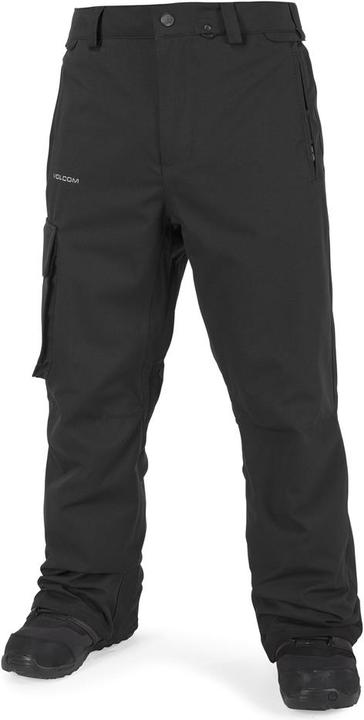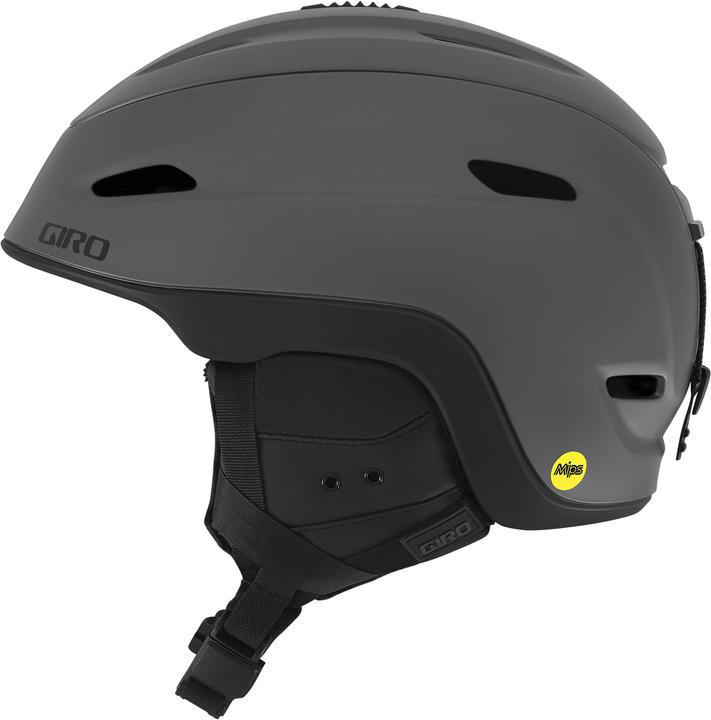
Ready, set, splitboard!
Always just snowshoes, skis and total exhaustion - that was too much for me. So I decided to try out a splitboard. In the following sections, I'll tell you why the whole thing has its appeal and how I fared.
Clouds adorn the mountain peaks in the distance. There's no sign of the usual steel-blue sky I've become accustomed to in recent days. Nevertheless, I stand up with one of my friends and the father of another friend on
a small square covered in old snow at the end of a narrow, winding road, which we have been travelling along slowly by car for the last few minutes.
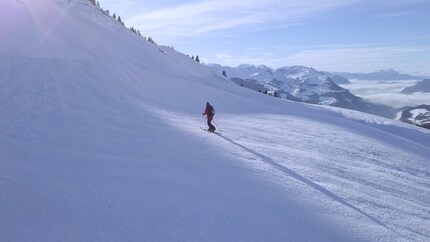
I unpack my splitboard from the boot and, somewhat hesitantly, set about removing the bindings and splitting the board in two to fit the skins. It's my first time doing this. Until now, I have always travelled on ski tours with my snowshoes. Not out of any unspeakable conviction, but because I simply didn't have any other equipment. Nevertheless, I always enjoyed myself and didn't feel the need to change my tactics.
I'm still kneeling on the ground, struggling to transform my snowboard into two skis. From the critical looks of my companions, the thought occurs to me that I could have tried the whole thing at home
but of course I didn't. After a while, when everything is adjusted so that my boots fit into the bindings, I successfully strap the two poles to my feet and make the first tracks through the frozen snow, a gentle smile adorns my face - I'm amazed at how pleasantly easy it is.
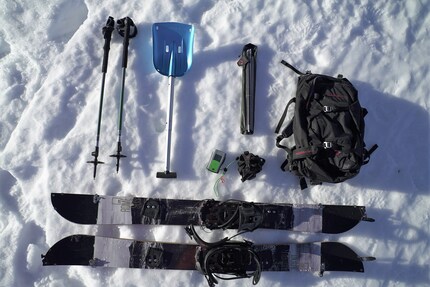
Finally, here we go
Step by step, with hardly any weight on my feet, I make rapid progress. First over the snow-covered and repeatedly buried narrow road, then over a small stream into the forest. The steeper ascent between the trees also goes by itself. Compared to the ascent on snowshoes, it's like a leisurely stroll through the village. I had already thought that it would be a little easier to march up the steep slopes with skis on my feet instead of snowshoes and with nothing on my rucksack instead of a snowboard. But that it would be such a big
difference really surprised me.
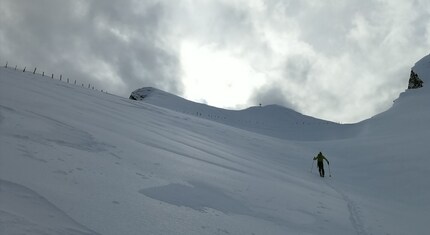
On the summit
After just under three hours, we have covered around 1,000 metres in altitude and are just a few metres below the summit. From here, we continued on foot up the steep ridge. Once at the top, we briefly enjoyed the view, but then had to set off again. The weather slowly deteriorates and the forecast fog appears in the distance. I can also assemble the splitboard on the summit. But that bothers me a little: I can barely loosen the split pins of the binding with my clunky gloves and so have to take them off to fiddle with the cold metal with my bare fingers. The two skiers accompanying me are already ready to go. Five minutes later, so am I.
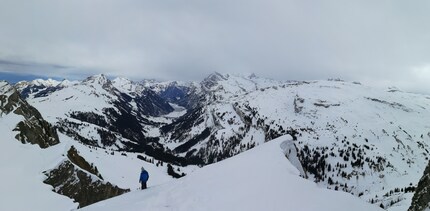
A tough climb must be rewarded with a beautiful view
Back down into the valley
The descent down the powdery steep slopes is amazing. I savour every turn. The spraying snow. The adrenaline. After a few minutes, all the fun is over and we are all back on the snow-covered pitch at the
end of the narrow, winding road. The skis and my snowboard are manoeuvred into the boot and all three of us drive home with a good feeling of having experienced quite a lot today - even though it's only midday.
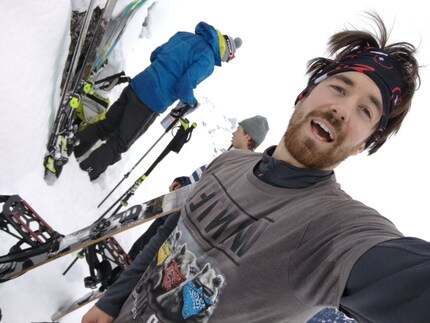
In the following days, I was out on the splitboard several more times and I have to say, all in all, it's much more fun to go up and down without snowshoes. This is because you notice the additional weight of the snowshoes both on the ascent and the descent. I can only recommend anyone who loves the unique feeling of riding a snowboard on snow-covered slopes to put their snowshoes in the corner and try out the two-piece snowboard when they get the chance!
Voilé Puck, Karakoram and Plum
There are different interface systems for splitboards. In this case, interface means the connection between the binding and the board and allows you to switch between touring and riding mode. There are currently three established systems on the market: Voilé Puck, Karakoram and - more recently - Plum. All systems basically work in a similar way, but have their own techniques for attaching the binding. Our video shows a Voilé Puck system. Here you simply work with a cotter pin. The Karakoram and Plum systems each use a simple mechanism
to connect the binding and board. Which system is best is probably a matter of taste. It's best to find out about the different binding systems and then decide for yourself which one suits you best.
Lucas equipment
Longing for the infinite, for vastness and belonging, but also the desire for challenge often draw me into nature. Preferably alone, on top of the summit or flying with the abyss under my feet. Sports and exercise have been part of my life for as long as I can remember. Every now and then I let a YouTube video teach me how to play the guitar or read a book. Another great passion is filmmaking. That's why I'm currently living in Berlin, where I'm doing a Master's degree in Documentary and Factual.

